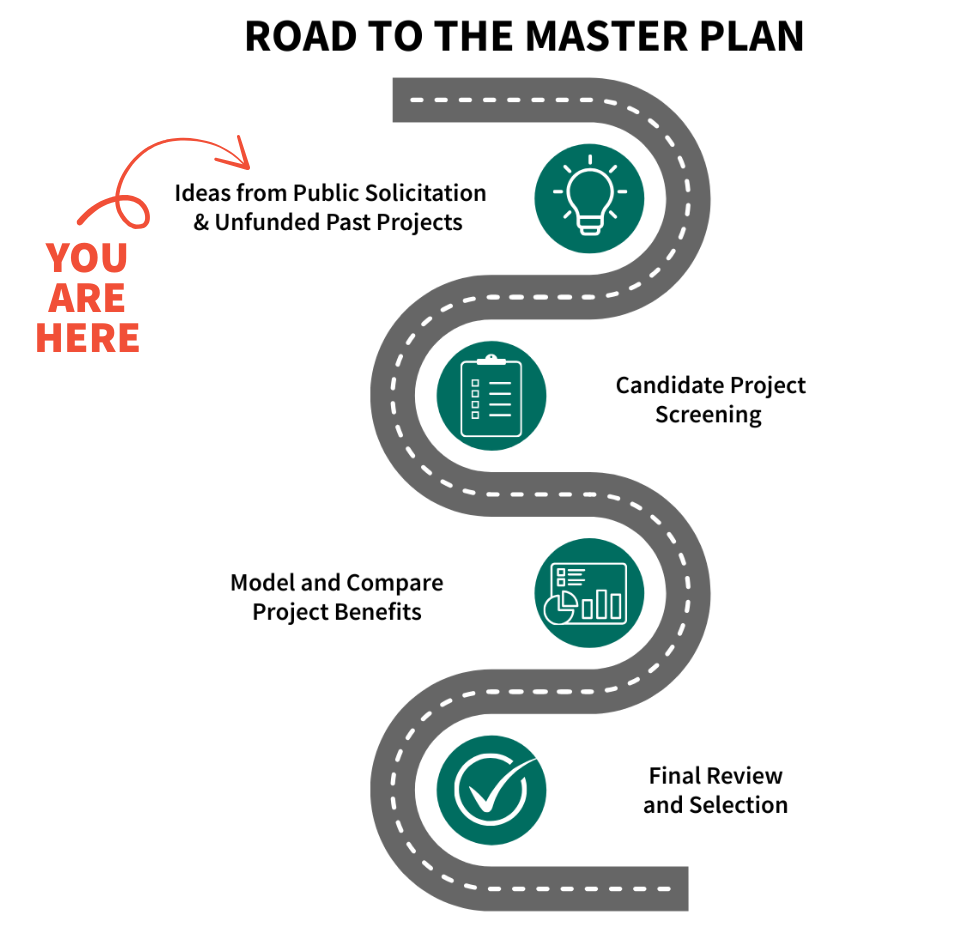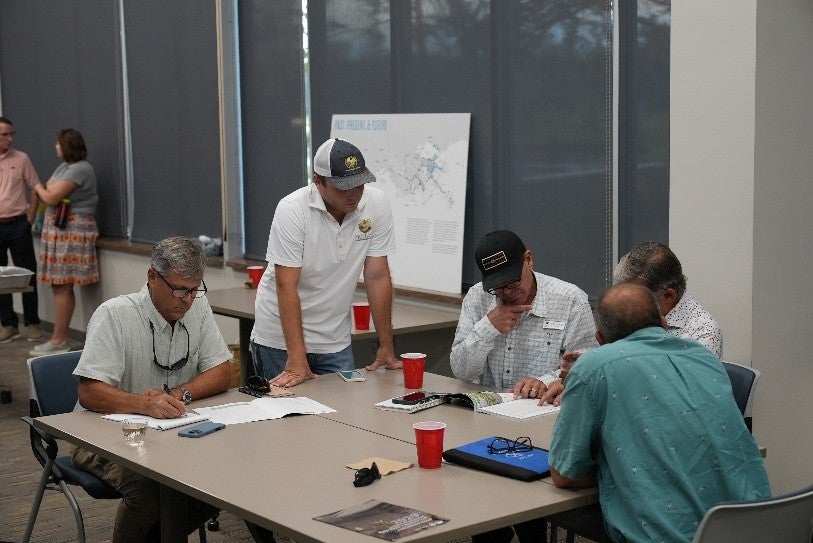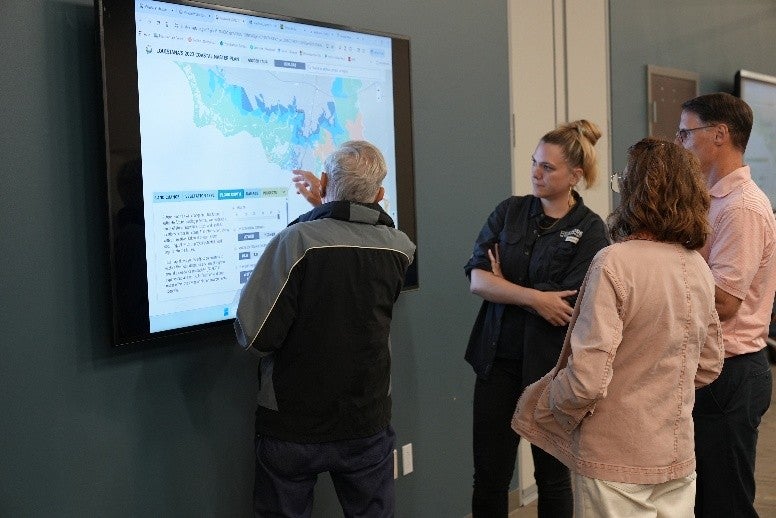Restoring Louisiana’s Coast: The Road to the 2029 Coastal Master Plan
Every six years, Louisiana’s Coastal Protection and Restoration Authority develop the Coastal Master Plan (CMP), a blueprint for how the state will address its land loss crisis and protect communities, industries and ecosystems. The CMP isn’t a pot of money or a list of construction-ready projects. Instead, it’s a science-based framework that guides which projects move forward, how they are prioritized and how Louisiana positions itself to compete for funding.
The CMP is designed to be inclusive, transparent and non-political. That’s why community workshops, like those underway for the 2029 plan, are integral to the process. They bring people together to share ideas and shape the projects that will protect Louisiana’s coast for generations.
The road to the 2029 CMP has just begun, with an invitation for public input. During this period, the Coastal Protection and Restoration Authority (CPRA) accept project ideas from anyone who is interested in submitting one. These ideas can propose a specific project type, identify a problem to solve or detail a desired outcome.
Public and community input is a key ingredient for successful coastal restoration work. Regularly engaging with diverse groups of stakeholders can help refine goals, ensure resources are shared and create solutions that are guided by local experience and expertise.
Restore the Mississippi River Delta coalition held three workshops, in Houma, Lacombe and New Orleans East, where the public was able to share their insights on coastal land loss and flood risk in their communities and discuss solutions with experts. This input will be vital in shaping the future of coastal Louisiana.
How Projects Are Chosen
Once project solicitation is complete, projects go through a careful evaluation that considers:
- Collected public and community input
- Science and modeling
- Site conditions
- Funding and partnerships
- Engineering and technical limitations
- Land rights
- Material constraints
Similar proposals may be combined or refined to meet the scale of the challenge. Not every project will move forward, but every submission shapes the conversation and helps the CPRA make the best decisions for our coast.
From Idea to Implementation
Even after a project is selected for the CMP, it must still undergo:
1. Project authorization and funding identification
2. Feasibility studies and planning
3. Engineering and design (including permits, landowner agreements, and public input)
4. Construction
5. Operation and maintenance
Projects evolve as they receive funding and move forward, which happens outside of the master plan process. For example, design or other aspects like exact location, structural features or operation plans may change during project development. A project may not look the same once it goes through these steps, and it’s possible it won’t make it through all these steps even if it is in the CMP.
It’s also important to remember that the plan itself is not a funding source, but a guide that directs funding toward the projects that will best protect and restore our coast.
Restoring Natural Processes by Reconnecting the River
If we are to restore Louisiana’s coast we must work with nature, not against it. For decades, Louisiana’s coast has been disappearing because the Mississippi River is held behind levees and can no longer deliver the sediment and freshwater that once built our delta. We must embrace the idea that the river has, can and will continue to build land.
That’s why large-scale projects like sediment diversions, as well as marsh creation, barrier island restoration and ridge building, should be prioritized. These projects restore natural processes, rebuild wetlands and provide buffers that protect communities from storms.
Why This Process Matters and How You Can Get Involved
There will be more chances to make your voice heard and participate in the 2029 CMP process. The first project solicitation round is open till October 17th, 2025, and you can submit your idea here.
The second solicitation period for project ideas will occur in 2026.
Louisiana is a national leader in coastal planning, and the CMP, the first of its kind on a statewide level, is often cited as a model for other states. By sticking to a science-based, non-political approach, Louisiana has positioned itself as highly competitive for federal funding and as an innovator in coastal resilience.
Safeguarding the process is vital. Protecting the coast means protecting Louisiana’s homes, jobs, culture and way of life. With strong community input, sound science and accountability, the CMP delivers real results.